As environmental awareness grows, more homeowners are embracing sustainable home design to reduce their carbon footprint and contribute to a healthier planet. The focus is no longer just on aesthetics; it’s about creating living spaces that are energy-efficient, environmentally friendly, and aligned with the principles of sustainability. Whether you’re building a new home or renovating, adopting eco-friendly trends can help you create a greener future while enhancing the comfort and value of your home. Let’s explore some of the top trends in sustainable home design.
Energy-Efficient Appliances and Systems

One of the most impactful ways to make your home more sustainable is by investing in energy-efficient appliances and systems. From refrigerators and dishwashers to HVAC systems and water heaters, energy-efficient models use less electricity and water, lowering utility bills while reducing your home’s environmental impact. Look for appliances with the Energy Star rating, which guarantees they meet strict efficiency standards. Upgrading to smart thermostats and lighting systems can also make a big difference.
Sustainable Building Materials
Building materials have come a long way in terms of sustainability. Traditional materials like concrete and steel have high environmental costs due to their energy-intensive production processes. In contrast, eco-friendly alternatives like bamboo, reclaimed wood, and recycled materials offer durability and reduce waste. Bamboo, for instance, is a fast-growing plant that can be harvested sustainably, making it a popular choice for flooring and furniture. Reclaimed wood from old buildings and furniture gives new life to materials that would otherwise go to waste. Recycled metal and glass are also being incorporated into home design, creating unique finishes while minimizing environmental impact.
Solar Power and Renewable Energy
Solar power is at the forefront of the green energy revolution. Installing solar panels on your roof allows you to harness the sun’s energy to power your home, reducing your reliance on fossil fuels. With advances in solar technology, panels are becoming more efficient and affordable, making renewable energy a viable option for many homeowners. In addition to solar panels, other forms of renewable energy, like wind turbines and geothermal systems, are gaining popularity. These systems may require a higher upfront investment, but the long-term savings on energy bills and the positive environmental impact make them worthwhile.
Green Roofs and Vertical Gardens

Green roofs and vertical gardens are not only visually striking but also have practical benefits for sustainable living. A green roof is a layer of vegetation planted over a waterproof membrane on top of a building. This eco-friendly design helps insulate the home, reduce stormwater runoff, and improve air quality. Additionally, green roofs can extend the lifespan of the roof by protecting it from the elements. Vertical gardens, or living walls, are another way to incorporate greenery into your home design. These can be installed both indoors and outdoors, adding a natural element to your home while improving air quality. Plus, growing your own herbs and vegetables in a vertical garden can reduce the need for store-bought produce, cutting down on packaging waste and transportation emissions.
Water Conservation Features
Water is a precious resource, and sustainable home design includes features that help conserve it. Low-flow faucets, toilets, and showerheads reduce water consumption without sacrificing performance. Greywater systems, which recycle water from sinks, showers, and laundry for use in irrigation and toilets, are becoming increasingly popular in eco-friendly homes. Rainwater harvesting systems collect rainwater for landscape irrigation, further reducing the need for tap water. By incorporating water conservation features into your home, you can reduce your water usage, lower your utility bills, and contribute to global water conservation efforts.
Passive Design for Natural Efficiency
Passive design is an architectural approach that optimizes the natural environment to reduce the need for artificial heating and cooling. By carefully considering the orientation of the home, window placement, and insulation, passive design can take advantage of sunlight, shade, and ventilation to keep your home comfortable year-round. For example, south-facing windows allow for maximum sunlight in colder months, while well-placed shading can prevent overheating in the summer. High-quality insulation and airtight construction help maintain a stable indoor temperature, reducing the need for energy-intensive heating and cooling systems.
Eco-Friendly Insulation and Windows

Insulation plays a critical role in sustainable home design, keeping your home warm in the winter and cool in the summer without over-relying on heating or air conditioning. Eco-friendly insulation materials like sheep’s wool, cellulose, and recycled cotton are effective alternatives to traditional fiberglass. These materials are renewable, biodegradable, and provide excellent thermal performance. Energy-efficient windows are another key component of a sustainable home.
Sustainable home design is more than just a trend. It’s a movement toward a greener, more responsible way of living. By adopting eco-friendly practices such as energy efficiency, water conservation, and using sustainable materials, you can create a home that is both stylish and environmentally conscious. As technology continues to advance, the possibilities for green home design are expanding, making it easier than ever to create a sustainable space that benefits both you and the planet.…



 Prior to using your fireplace for heating purposes, ensure that your home is properly insulated and sealed. Good insulation prevents heat loss and keeps the warm air from escaping through cracks or poorly insulated areas. Check for gaps around windows and doors and seal them accordingly. Adequate insulation in walls and attics also helps to retain the heat generated by the fireplace, maximizing its efficiency.
Prior to using your fireplace for heating purposes, ensure that your home is properly insulated and sealed. Good insulation prevents heat loss and keeps the warm air from escaping through cracks or poorly insulated areas. Check for gaps around windows and doors and seal them accordingly. Adequate insulation in walls and attics also helps to retain the heat generated by the fireplace, maximizing its efficiency.
 To make the most of your fireplace’s heating capabilities, consider using zone heating techniques. Instead of relying solely on a centralized heating system, use your fireplace to heat commonly occupied areas, such as the living room or bedroom, while lowering the thermostat for the rest of the house. This allows you to focus heat where it’s needed, reducing energy consumption and overall heating costs. Remember to use appropriate safety measures when operating a fireplace and ensure proper ventilation to maintain indoor air quality.
To make the most of your fireplace’s heating capabilities, consider using zone heating techniques. Instead of relying solely on a centralized heating system, use your fireplace to heat commonly occupied areas, such as the living room or bedroom, while lowering the thermostat for the rest of the house. This allows you to focus heat where it’s needed, reducing energy consumption and overall heating costs. Remember to use appropriate safety measures when operating a fireplace and ensure proper ventilation to maintain indoor air quality.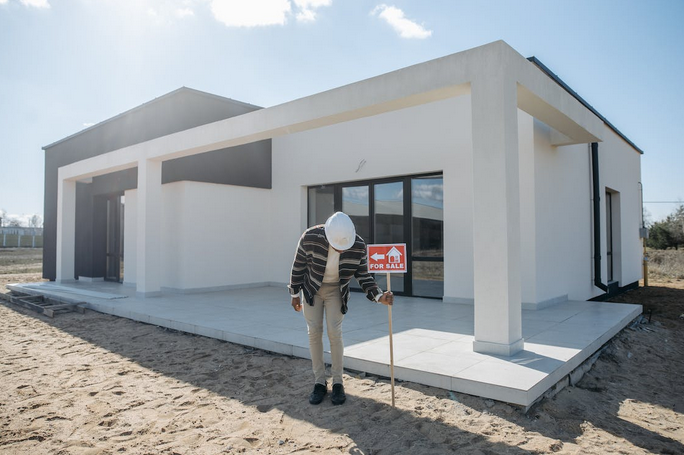
 Another key tip is to focus on maximizing storage. This is especially important in small homes. Buyers are always looking for homes with plenty of storage space. Thus, by adding additional storage solutions, you can make your home more appealing to potential buyers. There are a number of ways to maximize storage, such as installing shelves and cabinets or using creative furniture solutions. If you are unsure how to maximize storage in your home, plenty of resources are available online. You can also hire a professional to help you with this.
Another key tip is to focus on maximizing storage. This is especially important in small homes. Buyers are always looking for homes with plenty of storage space. Thus, by adding additional storage solutions, you can make your home more appealing to potential buyers. There are a number of ways to maximize storage, such as installing shelves and cabinets or using creative furniture solutions. If you are unsure how to maximize storage in your home, plenty of resources are available online. You can also hire a professional to help you with this. Lastly, it is important to also focus on the lighting in your home. This is because good lighting can make a big difference in the overall feel of a space. Poor lighting can make a space feel small and cramped, while good lighting can make a space feel more open and inviting. Thus, when renovating your home for resale, be sure to install great lighting fixtures throughout the house. If you have the budget for it, you can also add skylights to brighten up the space. This can add value to your home and make it more appealing to potential buyers.
Lastly, it is important to also focus on the lighting in your home. This is because good lighting can make a big difference in the overall feel of a space. Poor lighting can make a space feel small and cramped, while good lighting can make a space feel more open and inviting. Thus, when renovating your home for resale, be sure to install great lighting fixtures throughout the house. If you have the budget for it, you can also add skylights to brighten up the space. This can add value to your home and make it more appealing to potential buyers.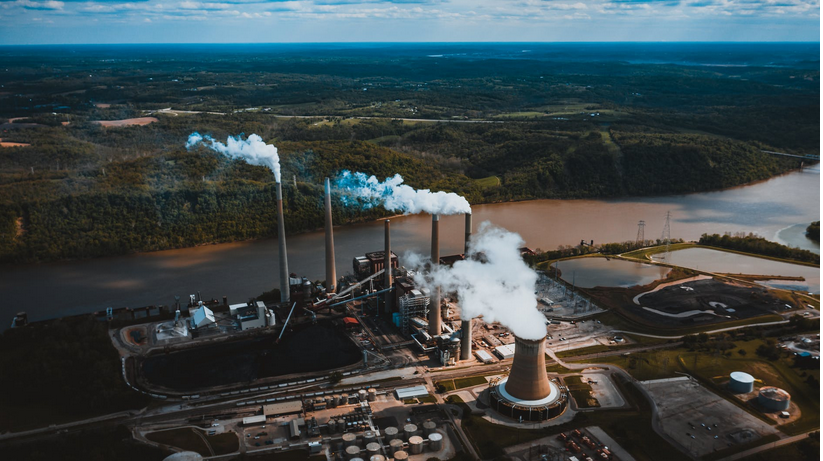
 One of the most severe adverse effects of GHG emissions is speeding up changes in climatic conditions, leading to low rainfall, high temperatures, and other unfriendly weather elements. In addition, the extreme climatic changes result in rising sea levels, droughts, weather-related destructions like forest fires, and many devastating effects that interfere with human life.
One of the most severe adverse effects of GHG emissions is speeding up changes in climatic conditions, leading to low rainfall, high temperatures, and other unfriendly weather elements. In addition, the extreme climatic changes result in rising sea levels, droughts, weather-related destructions like forest fires, and many devastating effects that interfere with human life. Another harmful effect of GHG emissions is negatively impacting the availability of reliable and pure water. Global warming that results from emissions plays a part in having unpredictable patterns of rainfall. These trends are referred to as “drought and deluge” and are characterized by long drought periods with short heavy rain breaks.
Another harmful effect of GHG emissions is negatively impacting the availability of reliable and pure water. Global warming that results from emissions plays a part in having unpredictable patterns of rainfall. These trends are referred to as “drought and deluge” and are characterized by long drought periods with short heavy rain breaks.
 The boiler must also be regularly tested to see how well it is able to maintain boiler efficiency. This is achieved by monitoring the water pressure and temperature of the boiler feedwater, checking the steam purity and looking for any other impurities such as limes or filings. In addition, you can test the air purity of the room where the boiler is located using a HEPA filter. If you are having trouble with boiler reliability, it could be due to the boiler feedwater or the venting system failing.
The boiler must also be regularly tested to see how well it is able to maintain boiler efficiency. This is achieved by monitoring the water pressure and temperature of the boiler feedwater, checking the steam purity and looking for any other impurities such as limes or filings. In addition, you can test the air purity of the room where the boiler is located using a HEPA filter. If you are having trouble with boiler reliability, it could be due to the boiler feedwater or the venting system failing. To carry out boiler maintenance, it is necessary to have an annual power check carried out, and this should take place regularly. The annual check will allow the boiler to be checked for the amount of fuel that has been burned and will also identify any cracks in the flue pipe. You will then know how much water pressure is available in the system to carry out your routine maintenance. The heating element will need to be switched off before carrying out the annual check. You must then dismantle the flue, place all the parts back together and reinstall the heating element back into the boiler.
To carry out boiler maintenance, it is necessary to have an annual power check carried out, and this should take place regularly. The annual check will allow the boiler to be checked for the amount of fuel that has been burned and will also identify any cracks in the flue pipe. You will then know how much water pressure is available in the system to carry out your routine maintenance. The heating element will need to be switched off before carrying out the annual check. You must then dismantle the flue, place all the parts back together and reinstall the heating element back into the boiler.

 Remodeling your kitchen can significantly increase your property’s value. It can also help to increase the number of prospective buyers if you want to sell the property, making the selling process easier. The home’s valuation also increases by a lot more than what you spend on the remodeling project. That means that you earn a lot more from the property after remodeling the kitchen.
Remodeling your kitchen can significantly increase your property’s value. It can also help to increase the number of prospective buyers if you want to sell the property, making the selling process easier. The home’s valuation also increases by a lot more than what you spend on the remodeling project. That means that you earn a lot more from the property after remodeling the kitchen.
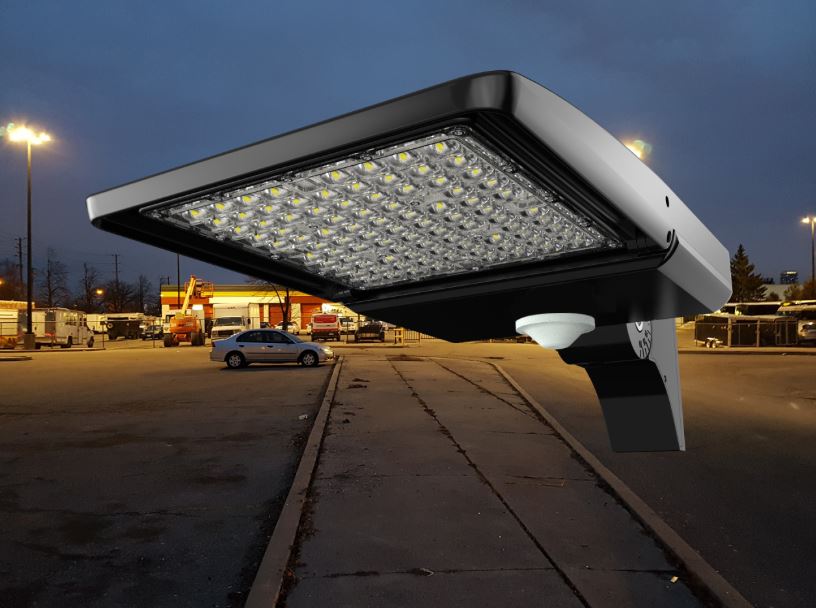
 on the number of lights to be fixed on a specific pole. The size of your parking lot can also determine this. You can use a minimum of two LED lights on a small parking lot. For bigger parking spaces in places like malls or commercial buildings, you can use up to four on a single pole. Installing this type of lights in your parking lot can benefit you in so many ways which include:
on the number of lights to be fixed on a specific pole. The size of your parking lot can also determine this. You can use a minimum of two LED lights on a small parking lot. For bigger parking spaces in places like malls or commercial buildings, you can use up to four on a single pole. Installing this type of lights in your parking lot can benefit you in so many ways which include: required in your parking lot. A poorly lit parking lot is very risky. Dangerous crimes happen in such places and cars can also get vandalized easily. LED lights are the best to use in such an area. The kind of illumination they offer will keep your parking lot safe.…
required in your parking lot. A poorly lit parking lot is very risky. Dangerous crimes happen in such places and cars can also get vandalized easily. LED lights are the best to use in such an area. The kind of illumination they offer will keep your parking lot safe.…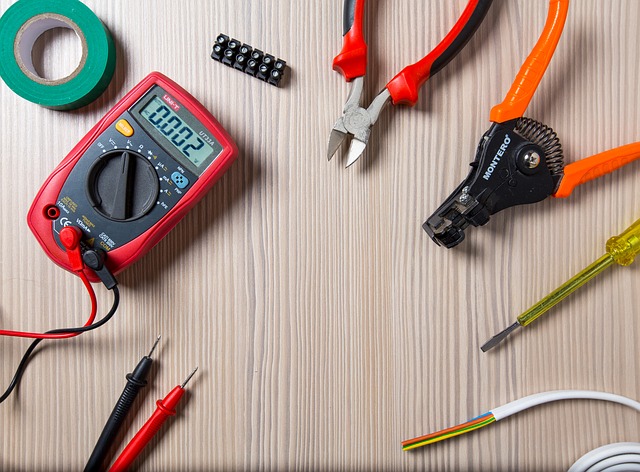
 Are There Any Hidden Charges?
Are There Any Hidden Charges?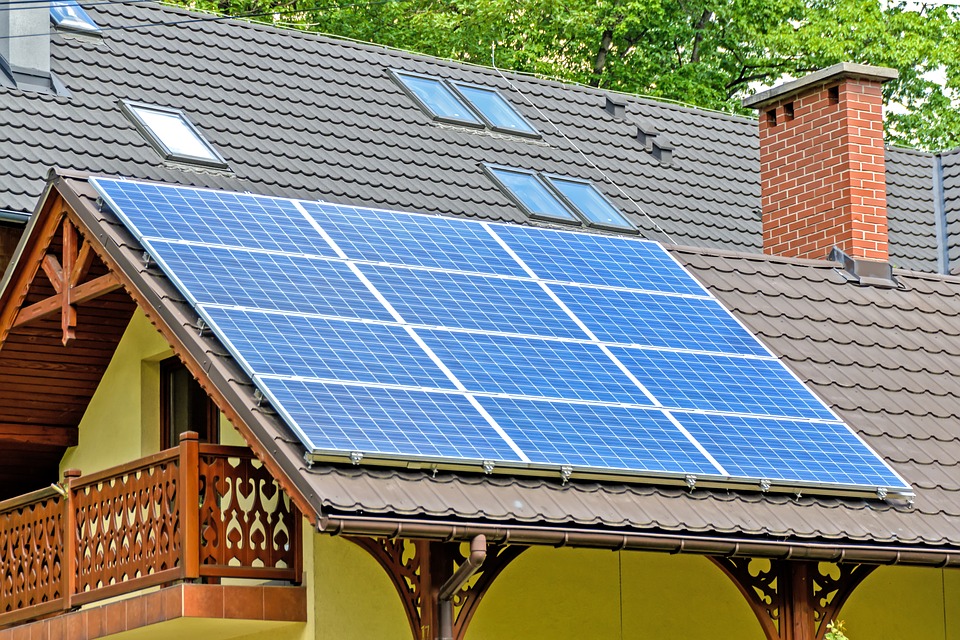





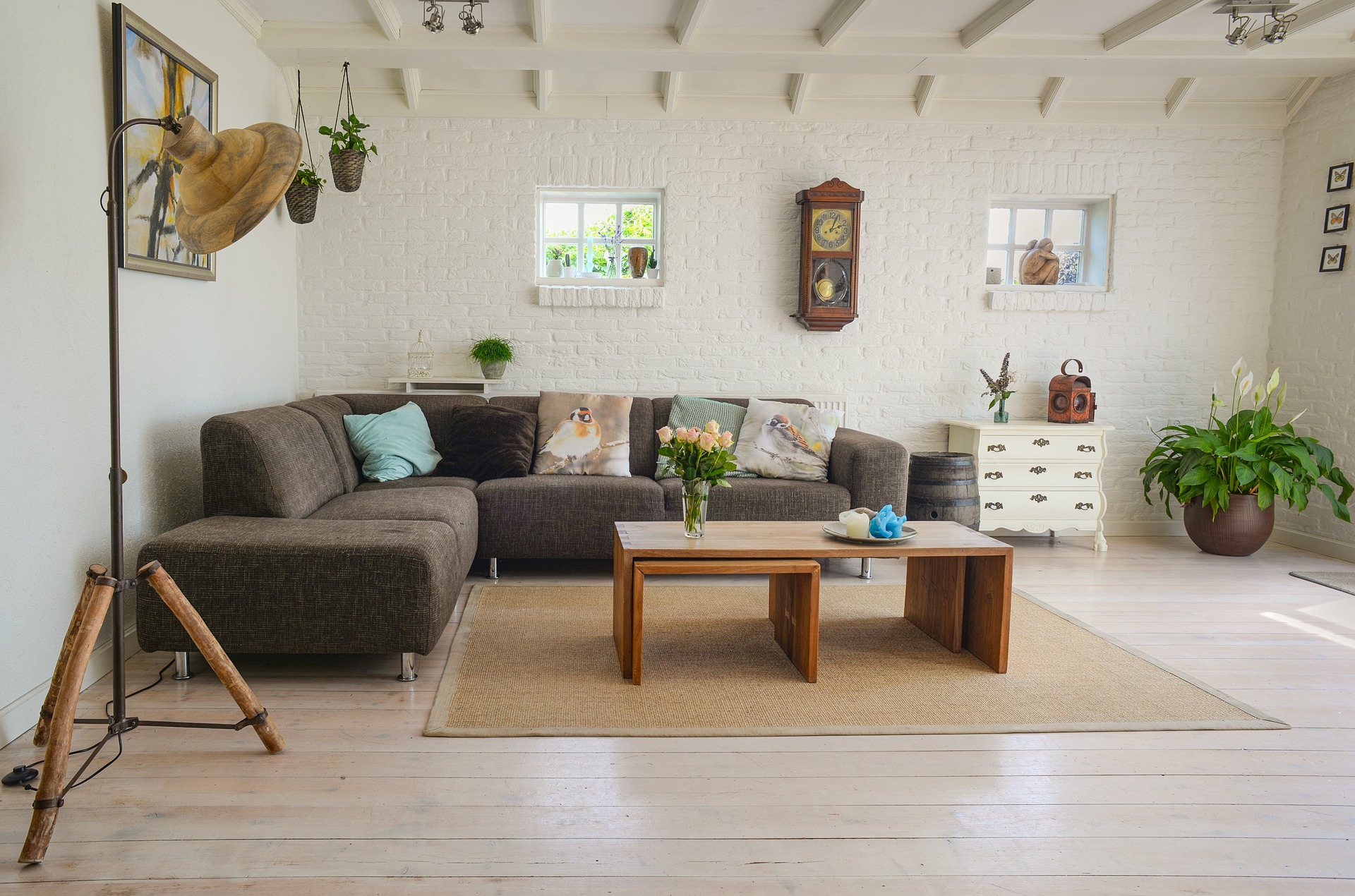
 Pests can invade your home without letting the residents know since it is part of their special ability. And you will find out only when things have gotten out of control, for example, you notice that your garbage bin is taken down, or there is a hole in your wooden wall or floor. If you are serious about making your house pest free, then you will contact services like Gilbert exterminator that can help you with a regular professional inspection. This way, the expert can tell you whether you need to take some actions like termite control or you should keep doing whatever it is that you are doing because your house is safe.
Pests can invade your home without letting the residents know since it is part of their special ability. And you will find out only when things have gotten out of control, for example, you notice that your garbage bin is taken down, or there is a hole in your wooden wall or floor. If you are serious about making your house pest free, then you will contact services like Gilbert exterminator that can help you with a regular professional inspection. This way, the expert can tell you whether you need to take some actions like termite control or you should keep doing whatever it is that you are doing because your house is safe. Wood is a beautiful material that humans have used since the time of our ancestors. You may have it as your floor, wall, ceilings, chair, desk, wardrobe, and many other things. Though it can give your house a beautiful decoration, it can also bring some problem since it is very inviting for many termites out there. Make sure that your wood is termite-proof and that your house is sealed from the outside world. Check for any cracks that can potentially turn into something else, and you should also store your logs or unused woods outside of your house.
Wood is a beautiful material that humans have used since the time of our ancestors. You may have it as your floor, wall, ceilings, chair, desk, wardrobe, and many other things. Though it can give your house a beautiful decoration, it can also bring some problem since it is very inviting for many termites out there. Make sure that your wood is termite-proof and that your house is sealed from the outside world. Check for any cracks that can potentially turn into something else, and you should also store your logs or unused woods outside of your house.
 If the price that you have set in your house is correct, just within one week of being on the show, you will be sure that you will have attracted a serious buyer. When selling the house, the key factor will be the price tag.
If the price that you have set in your house is correct, just within one week of being on the show, you will be sure that you will have attracted a serious buyer. When selling the house, the key factor will be the price tag. It will be easy and fast to sell the home in warmer months when the garden looks the best, and those who want to buy the house they will be able to get out and attend the show days.
It will be easy and fast to sell the home in warmer months when the garden looks the best, and those who want to buy the house they will be able to get out and attend the show days.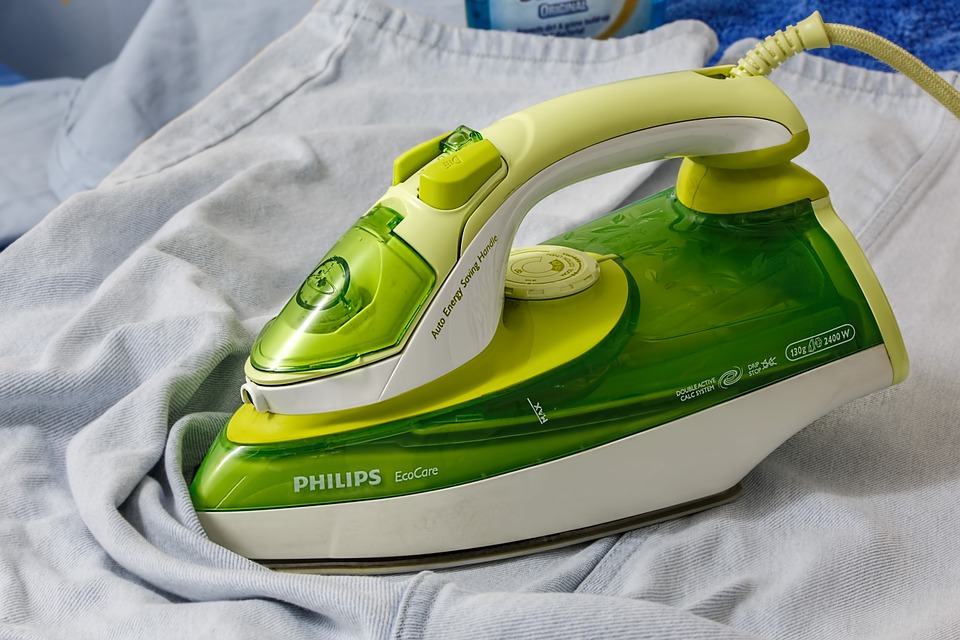
 This has to do with the ability of the iron in question to ensure that iron can warm up quickly. You need to understand that the amount of the steam that is required to produce the desired ironing effects depends on the wattage. A good and modern iron should have a wattage of about 1700-2300watts. Before you buy a steam iron, you need to look at the watts since they play a significant role in the efficiency of the iron.
This has to do with the ability of the iron in question to ensure that iron can warm up quickly. You need to understand that the amount of the steam that is required to produce the desired ironing effects depends on the wattage. A good and modern iron should have a wattage of about 1700-2300watts. Before you buy a steam iron, you need to look at the watts since they play a significant role in the efficiency of the iron. The anti-drip function is very crucial as it is the one that is responsible for ensuring that there is no water that drips into the fabric when ironing. When there is water leakage when the sole-plate has not yet got enough temperatures, there is a possibility that the ironing process will not be as smooth as you would have wanted it to be.…
The anti-drip function is very crucial as it is the one that is responsible for ensuring that there is no water that drips into the fabric when ironing. When there is water leakage when the sole-plate has not yet got enough temperatures, there is a possibility that the ironing process will not be as smooth as you would have wanted it to be.…
 possible area. You should buy the proper equipment to clear off dust. The vacuum cleaner is known to do this job best. These devices come in various types and sizes. The most efficient one is the cordless cleaner which you can carry and move with it easily because of its light nature. You should buy this device if you want to do away with all the dust in your house. One should consider the following when purchasing a vacuum cleaner.
possible area. You should buy the proper equipment to clear off dust. The vacuum cleaner is known to do this job best. These devices come in various types and sizes. The most efficient one is the cordless cleaner which you can carry and move with it easily because of its light nature. You should buy this device if you want to do away with all the dust in your house. One should consider the following when purchasing a vacuum cleaner. Different vacuum cleaners have their functionalities. Some features will make one more superior than the others. Those with higher wattage are known to have a good suction compared to those with less. However, one is advised to look for one that will see them use less energy. All this will help save the amount they spend on power
Different vacuum cleaners have their functionalities. Some features will make one more superior than the others. Those with higher wattage are known to have a good suction compared to those with less. However, one is advised to look for one that will see them use less energy. All this will help save the amount they spend on power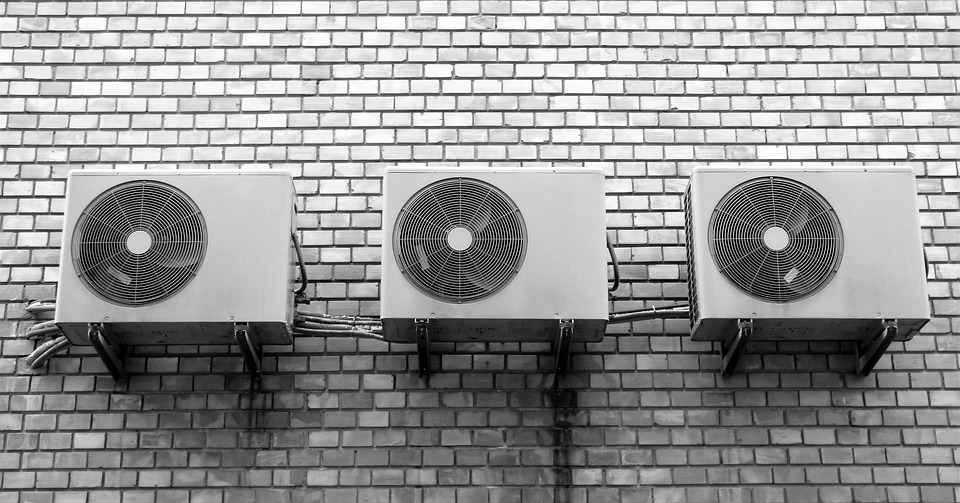
 Like every other accidental happening, an air conditioner system can break down when you most need it. It can stop functioning in the hottest of the seasons. This excessive heat, therefore, can bring a lot of discomfort in your house. In places that get scorching, functioning air conditioners are critical. For you to stay comfortable in those locations, you need a functional air conditioning system in your house. In the case of such a breakdown in the ordinary working of an air conditioner system, you can call upon an air conditioning company to repair it.
Like every other accidental happening, an air conditioner system can break down when you most need it. It can stop functioning in the hottest of the seasons. This excessive heat, therefore, can bring a lot of discomfort in your house. In places that get scorching, functioning air conditioners are critical. For you to stay comfortable in those locations, you need a functional air conditioning system in your house. In the case of such a breakdown in the ordinary working of an air conditioner system, you can call upon an air conditioning company to repair it. It is probable that an air conditioning company sells, installs, maintains, repairs, and replaces air conditioners. Therefore, it is good to keep a relationship with your service providing company. Someone who understands your environment better understands your needs, same to one who understands your air conditioning system. Therefore, you are likely to get excellent services when dealing with the same dealer than different dealers. However, you can also shift allegiance if you realize you are not getting the best out your service provider.…
It is probable that an air conditioning company sells, installs, maintains, repairs, and replaces air conditioners. Therefore, it is good to keep a relationship with your service providing company. Someone who understands your environment better understands your needs, same to one who understands your air conditioning system. Therefore, you are likely to get excellent services when dealing with the same dealer than different dealers. However, you can also shift allegiance if you realize you are not getting the best out your service provider.…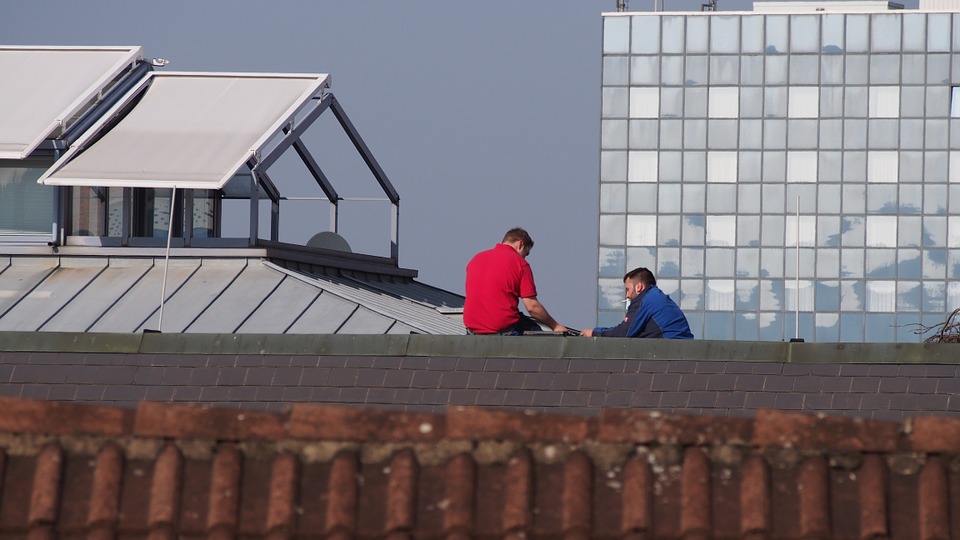
 must have a liability insurance and workers compensation. This is because it the worker is hurt and your roofer does not have an insurance cover; you are liable. Ask the contractor to provide you with their valid certificates. You should not accept a roofer just because of their word. They may be having life, auto, and health insurance.
must have a liability insurance and workers compensation. This is because it the worker is hurt and your roofer does not have an insurance cover; you are liable. Ask the contractor to provide you with their valid certificates. You should not accept a roofer just because of their word. They may be having life, auto, and health insurance. ovide a workmanship of one year. The length of a roofing contractor may not be more important as compared to referrals. During the year, you may find some workmanship errors. Also, the manufacturer of your roofing materials will provide you with many years of warranty.
ovide a workmanship of one year. The length of a roofing contractor may not be more important as compared to referrals. During the year, you may find some workmanship errors. Also, the manufacturer of your roofing materials will provide you with many years of warranty. Matters land become complicated every day due to often change of ownership. The condo will have many owners when each buys a unit or two. Things will be easy when the land is a freehold to the developer since buyers will now become part of its shareholding.
Matters land become complicated every day due to often change of ownership. The condo will have many owners when each buys a unit or two. Things will be easy when the land is a freehold to the developer since buyers will now become part of its shareholding. This ought to be the first question so that one can relate all other value with price. Most developers or condo sellers will try and justify their price tag with factors like market value, location, cost incurred and amenities provided. As a buyer, it is prudent to make similar arguments or consult a professional real estate valuator to assist. An experienced investor may not need much consultation and negotiations can proceed.
This ought to be the first question so that one can relate all other value with price. Most developers or condo sellers will try and justify their price tag with factors like market value, location, cost incurred and amenities provided. As a buyer, it is prudent to make similar arguments or consult a professional real estate valuator to assist. An experienced investor may not need much consultation and negotiations can proceed.
 If you are in need of carpet cleaning london, it is crucial that you look for a company that is utilizing environment-friendly cleaning solutions. Like what was previously mentioned, the use of strong chemicals is not advisable because they have adverse effects on your health. Aside from this, they can also damage your carpet and our environment.
If you are in need of carpet cleaning london, it is crucial that you look for a company that is utilizing environment-friendly cleaning solutions. Like what was previously mentioned, the use of strong chemicals is not advisable because they have adverse effects on your health. Aside from this, they can also damage your carpet and our environment.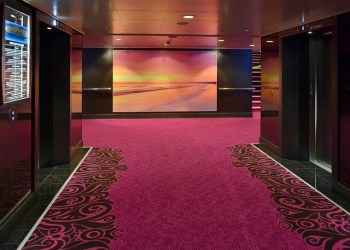
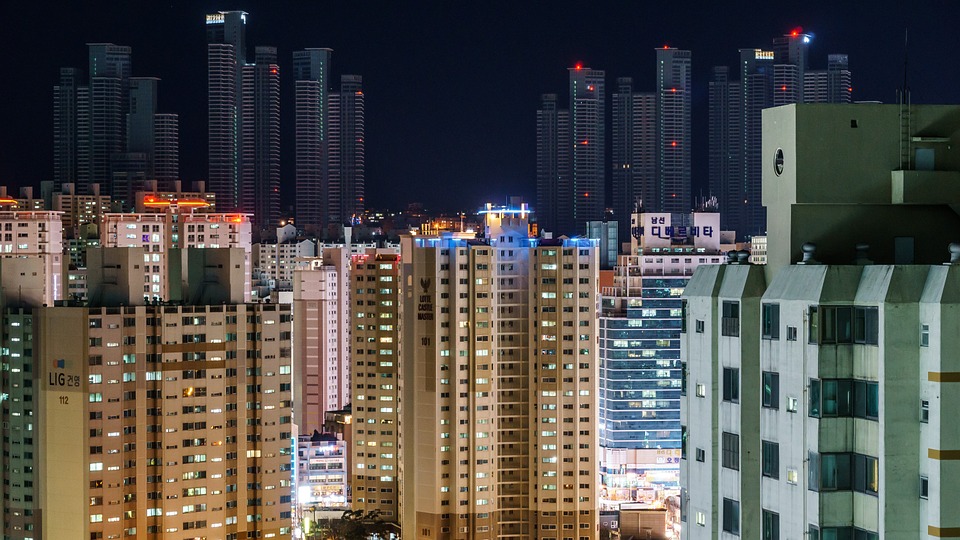
 ave an amazing stay at the condo, you need to know more about the community around it. Are they helpful and friendly in nature? For instance, you should avoid purchasing condos that are located in noisy areas. To ensure the area is ideal for you, visit it at different times of a day. If you are living with kids, you should choose those that are located near schools. It can be quite convenient to choose an area, which best fits your lifestyle.
ave an amazing stay at the condo, you need to know more about the community around it. Are they helpful and friendly in nature? For instance, you should avoid purchasing condos that are located in noisy areas. To ensure the area is ideal for you, visit it at different times of a day. If you are living with kids, you should choose those that are located near schools. It can be quite convenient to choose an area, which best fits your lifestyle. n people like owning a condo instead of a house. In fact, you are not in charge of maintenance. Condo maintenance association is in charge of maintenance and overall care of the condo units. You just pay a monthly maintenance fee. Thus, when buying a condo, you should inquire about the monthly charges of the condo.
n people like owning a condo instead of a house. In fact, you are not in charge of maintenance. Condo maintenance association is in charge of maintenance and overall care of the condo units. You just pay a monthly maintenance fee. Thus, when buying a condo, you should inquire about the monthly charges of the condo.
 missions
missions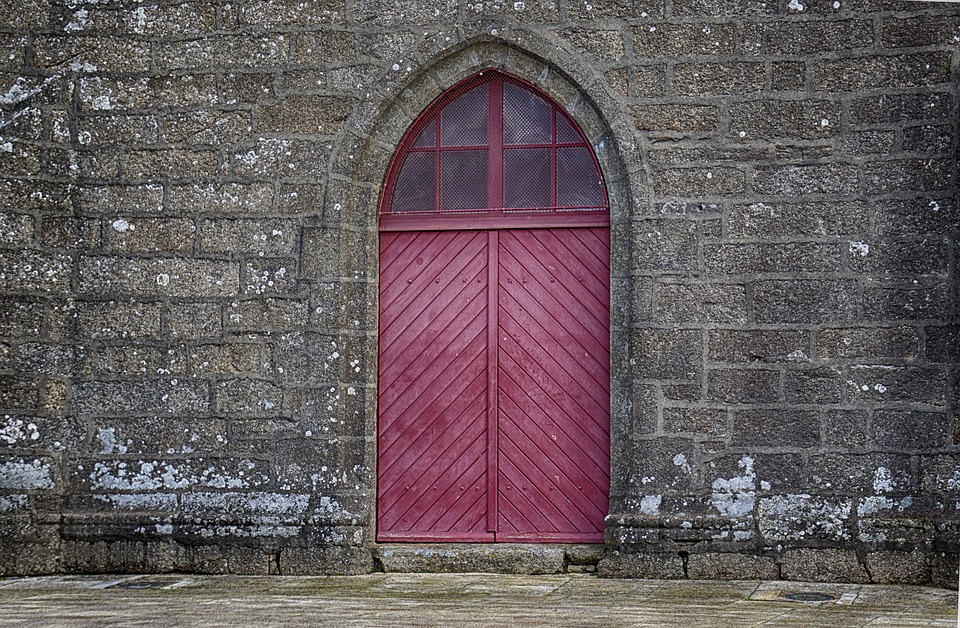
 One of the main concerns people have when choosing entry doors is the security. It is important to go for a door that will not be easy for burglars to break into. Make sure that it cannot be broken just by a single kick. You can strengthen your entry door by using a one-inch deadbolt. Getting the best exterior door will give you peace of mind at night or when you have traveled.
One of the main concerns people have when choosing entry doors is the security. It is important to go for a door that will not be easy for burglars to break into. Make sure that it cannot be broken just by a single kick. You can strengthen your entry door by using a one-inch deadbolt. Getting the best exterior door will give you peace of mind at night or when you have traveled. You can use your entry door to save on energy cost. If you are looking for an energy efficient door, then you should consider buying those made of fiberglass or steel. Energy efficiency is an important feature to look for in an entry door. It not only ensures that warm air stays inside during the cold season but that the house remains cool when the weather outside is cold. Therefore, you are guaranteed of spending less on heating appliances. You get to save money.…
You can use your entry door to save on energy cost. If you are looking for an energy efficient door, then you should consider buying those made of fiberglass or steel. Energy efficiency is an important feature to look for in an entry door. It not only ensures that warm air stays inside during the cold season but that the house remains cool when the weather outside is cold. Therefore, you are guaranteed of spending less on heating appliances. You get to save money.…
 they do not fit the traditional definition of housing. These containers have proved to be a great innovation that caters to the needs of the owners just as much as the traditional homes. In any case, the container homes have proved to have some greater advantages when compared against the traditional homes. These idea has caught up among home seekers, and in the recent past, a lot of people have embraced this great innovation of having a basic plans to build with containers. The benefits are enormous, and they are briefly discussed below.
they do not fit the traditional definition of housing. These containers have proved to be a great innovation that caters to the needs of the owners just as much as the traditional homes. In any case, the container homes have proved to have some greater advantages when compared against the traditional homes. These idea has caught up among home seekers, and in the recent past, a lot of people have embraced this great innovation of having a basic plans to build with containers. The benefits are enormous, and they are briefly discussed below. ing a house is quite a daunting task in an economy that is facing tribulations that are evidently unceasing in the near future. Renting an apartment is also a bit fanciful if you carefully consider the unpredictability of the different economies around the world. However, the shipping containers have proved to be much cheaper and economical. Studies have shown that numerous shipping containers have been abandoned across nations. You can decide to purchase or acquire them freely then proceed to renovate them to suit your housing requirements.
ing a house is quite a daunting task in an economy that is facing tribulations that are evidently unceasing in the near future. Renting an apartment is also a bit fanciful if you carefully consider the unpredictability of the different economies around the world. However, the shipping containers have proved to be much cheaper and economical. Studies have shown that numerous shipping containers have been abandoned across nations. You can decide to purchase or acquire them freely then proceed to renovate them to suit your housing requirements.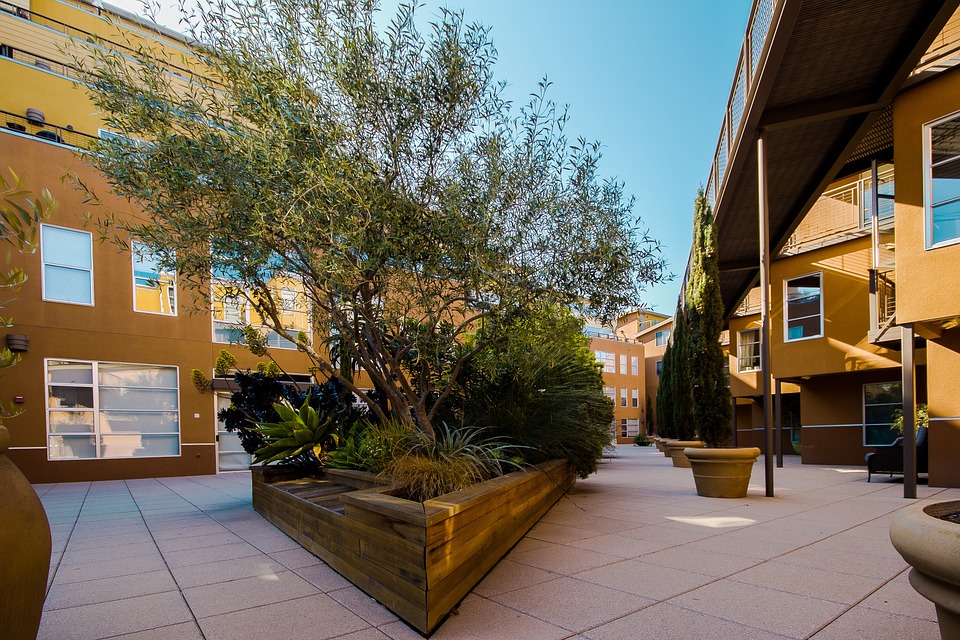
 that consists of two 28-storey apartment buildings, one 26-storey apartment building, and two 30-storey apartment buildings. Moreover, it has podiums, which range between two and six stories structures capable of holding commercial premises as well as residential units. By the end of the project, there shall be 3,014 square meters of gross floor areas for business purposes and over 1,814 apartment units for residential uses.
that consists of two 28-storey apartment buildings, one 26-storey apartment building, and two 30-storey apartment buildings. Moreover, it has podiums, which range between two and six stories structures capable of holding commercial premises as well as residential units. By the end of the project, there shall be 3,014 square meters of gross floor areas for business purposes and over 1,814 apartment units for residential uses. Other than the existing natural landmarks and the proposed structures, the plan combines extravagance living with all the new urban conveniences that an excellent entertainment and shopping complex can offer to you.
Other than the existing natural landmarks and the proposed structures, the plan combines extravagance living with all the new urban conveniences that an excellent entertainment and shopping complex can offer to you.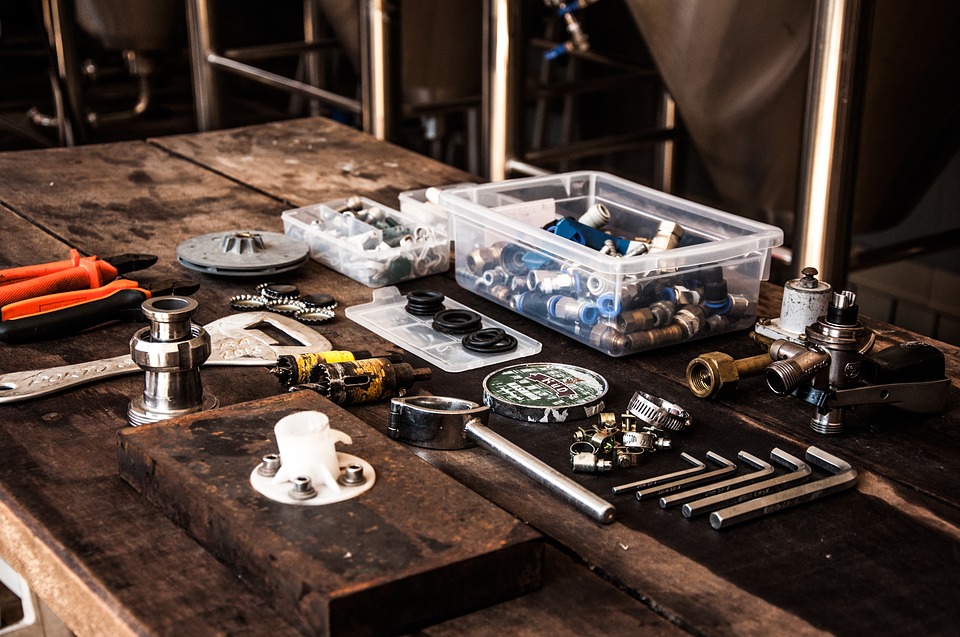
 When choosing a plumber you have to look at his level of experience. A plumber who has been offering the services for a considerable period is capable of solving different plumbing problems by employing various techniques. Such an expert will meet all your needs.
When choosing a plumber you have to look at his level of experience. A plumber who has been offering the services for a considerable period is capable of solving different plumbing problems by employing various techniques. Such an expert will meet all your needs. Before the job begins, you should get price quotes. Confirm how much you will pay for every kind of work done. You should consider the initial price to avoid paying a huge amount of money. Choose a plumbing expert who offers excellent services at an affordable fee.…
Before the job begins, you should get price quotes. Confirm how much you will pay for every kind of work done. You should consider the initial price to avoid paying a huge amount of money. Choose a plumbing expert who offers excellent services at an affordable fee.… clean home. The professionals have the ability to ensure that your home is always clean at all times. They have the ability to clean your entire home and ensure that every corner of the house is cleaned. Therefore, you do not have to go through the hassles of cleaning it by yourself.
clean home. The professionals have the ability to ensure that your home is always clean at all times. They have the ability to clean your entire home and ensure that every corner of the house is cleaned. Therefore, you do not have to go through the hassles of cleaning it by yourself. ve high-quality house cleaning equipment that might be expensive for you to buy. Also, they know how to use these tools in the most effective manner. They also apply the right cleaning agents that do not have any side effects or which cannot damage your house. To get these benefits, make sure that you only work with reputable and experienced house cleaners.…
ve high-quality house cleaning equipment that might be expensive for you to buy. Also, they know how to use these tools in the most effective manner. They also apply the right cleaning agents that do not have any side effects or which cannot damage your house. To get these benefits, make sure that you only work with reputable and experienced house cleaners.…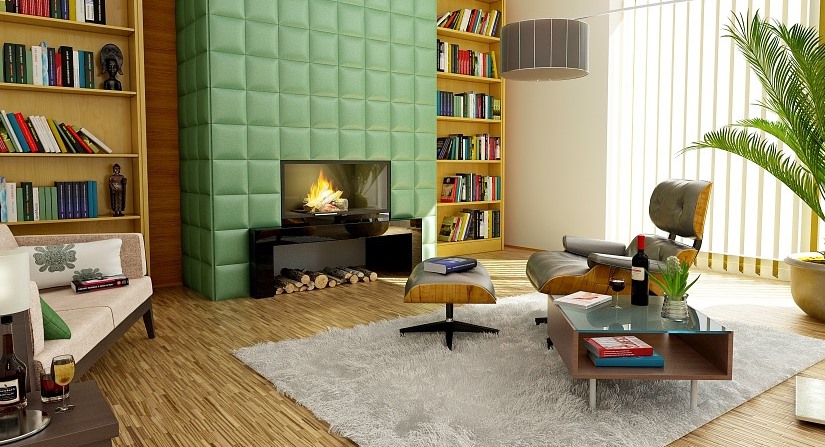

 It is important for ethanol fireplaces to have all the required safety certificates including SP Sitac, Swedcert, UL (or C-UL) and TUV. These certifications determine whether the ethanol burner has the highest quality and safety standards or not. Look out for product testing that involves information on the user standard requirements, ethanol fireplace testing and well-labeled burner with things like pictograms. You are better off purchasing an ethanol burner that has passed thorough and rigorous testing and has therefore acquired the necessary certification.
It is important for ethanol fireplaces to have all the required safety certificates including SP Sitac, Swedcert, UL (or C-UL) and TUV. These certifications determine whether the ethanol burner has the highest quality and safety standards or not. Look out for product testing that involves information on the user standard requirements, ethanol fireplace testing and well-labeled burner with things like pictograms. You are better off purchasing an ethanol burner that has passed thorough and rigorous testing and has therefore acquired the necessary certification.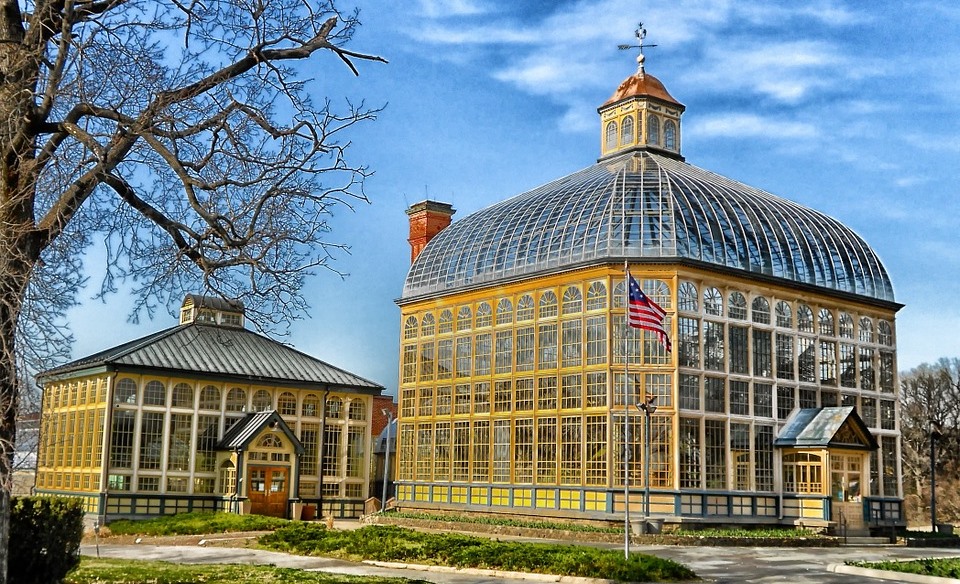

 Another factor that will significantly affect the costs of conservatory roof installations is the installer chosen. During the installation process, one will also be paying for labor time. As such, the cost charged will depend on the type of job, materials used, the expertise of the installer among other variables. In fact, it is one of the most difficult tasks that an individual will do. It is always crucial to check the reviews of that particular installer and ask about their quotes.
Another factor that will significantly affect the costs of conservatory roof installations is the installer chosen. During the installation process, one will also be paying for labor time. As such, the cost charged will depend on the type of job, materials used, the expertise of the installer among other variables. In fact, it is one of the most difficult tasks that an individual will do. It is always crucial to check the reviews of that particular installer and ask about their quotes.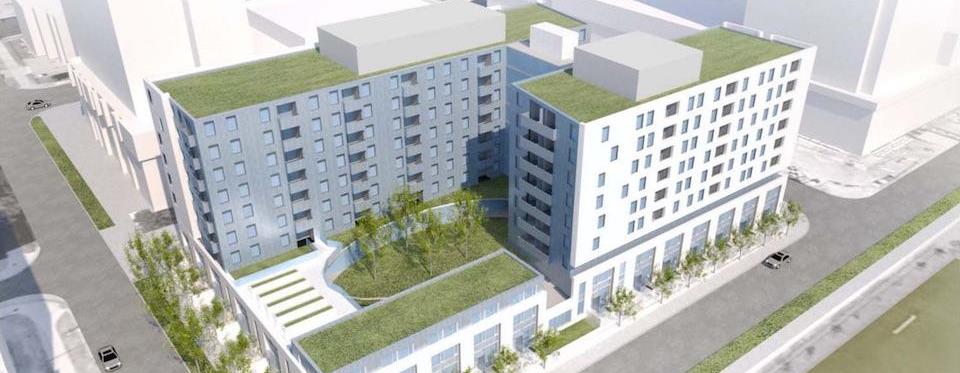

 and Multiculturalism
and Multiculturalism
 20 years’ expertise in the locksmith fields. He is very skilled in the area according to reviews from clients. In case you have experienced a break-in or been locked out of the house Leicester Locksmiths have a call out an agent who will provide you with an emergency locksmith.
20 years’ expertise in the locksmith fields. He is very skilled in the area according to reviews from clients. In case you have experienced a break-in or been locked out of the house Leicester Locksmiths have a call out an agent who will provide you with an emergency locksmith. Leicester locksmiths are fast and timely. They have a friendly team who at all times are pleased to give you information on services they offer whenever you contact them. Whenever you can’t access your premise, Leicester Locksmiths guarantee you a swift response to come to your aid. They are available at any time of the day or night.
Leicester locksmiths are fast and timely. They have a friendly team who at all times are pleased to give you information on services they offer whenever you contact them. Whenever you can’t access your premise, Leicester Locksmiths guarantee you a swift response to come to your aid. They are available at any time of the day or night.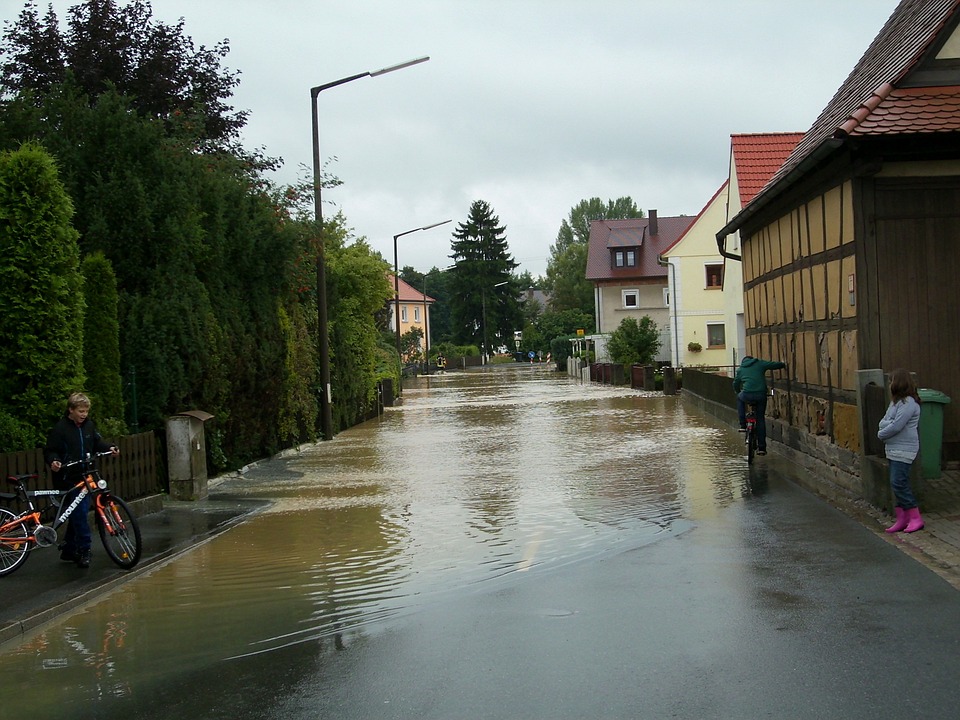
 waterproofing for the basement and exterior waterproofing for the foundation. It is better to have preventive measures than wait for the disaster to occur for you to fix it.
waterproofing for the basement and exterior waterproofing for the foundation. It is better to have preventive measures than wait for the disaster to occur for you to fix it. To minimize costs in structural repairs, it is advisable to prevent leaks from occurring in your home and sealing them as soon as they appear, however small. It will ensure that your foundation stays dry, protects the personal property you keep in your basement and also maintain the upright structure of your home.
To minimize costs in structural repairs, it is advisable to prevent leaks from occurring in your home and sealing them as soon as they appear, however small. It will ensure that your foundation stays dry, protects the personal property you keep in your basement and also maintain the upright structure of your home.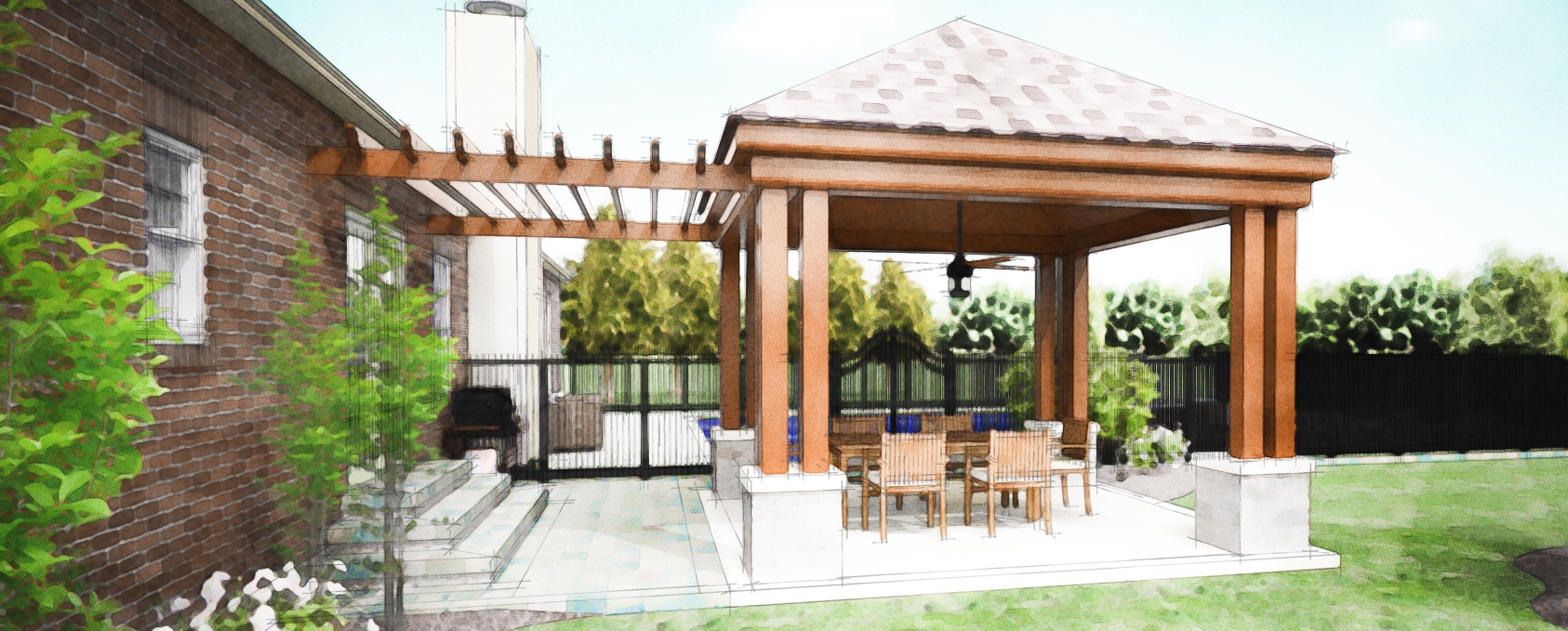
 ualities you desire. You’re going to want to select a material that provides you with the aesthetic elements that you want but also protection for your patio– that is the primary function of buying this product, after all!
ualities you desire. You’re going to want to select a material that provides you with the aesthetic elements that you want but also protection for your patio– that is the primary function of buying this product, after all! erior, Don’t Distract From It
erior, Don’t Distract From It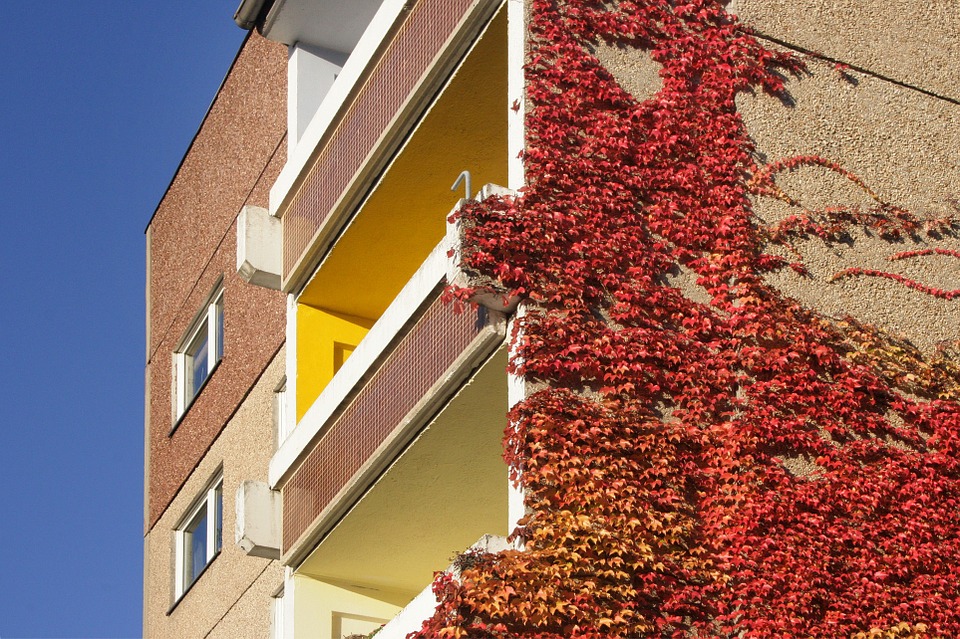
 restaurants in the neighborhood. The first of their kind is the Fricanos Deli, which has been in operation since the year 2006. Situated at 2405 Nueces Street Austin, TX 78705, Fricanos Deli has been serving the students with very nice hand hewed sandwiches that you can rarely find anywhere else.
restaurants in the neighborhood. The first of their kind is the Fricanos Deli, which has been in operation since the year 2006. Situated at 2405 Nueces Street Austin, TX 78705, Fricanos Deli has been serving the students with very nice hand hewed sandwiches that you can rarely find anywhere else. For your shopping needs, you can go to Monkies Vintage situated along 1904 Guadalupe, Buffalo Exchange located at 2904 Guadalupe Street Austin, and Tyler’s on the Drag found along 2338 Guadalupe Austin, TX 78705. All the items that might be required by the students can be easily found here.…
For your shopping needs, you can go to Monkies Vintage situated along 1904 Guadalupe, Buffalo Exchange located at 2904 Guadalupe Street Austin, and Tyler’s on the Drag found along 2338 Guadalupe Austin, TX 78705. All the items that might be required by the students can be easily found here.…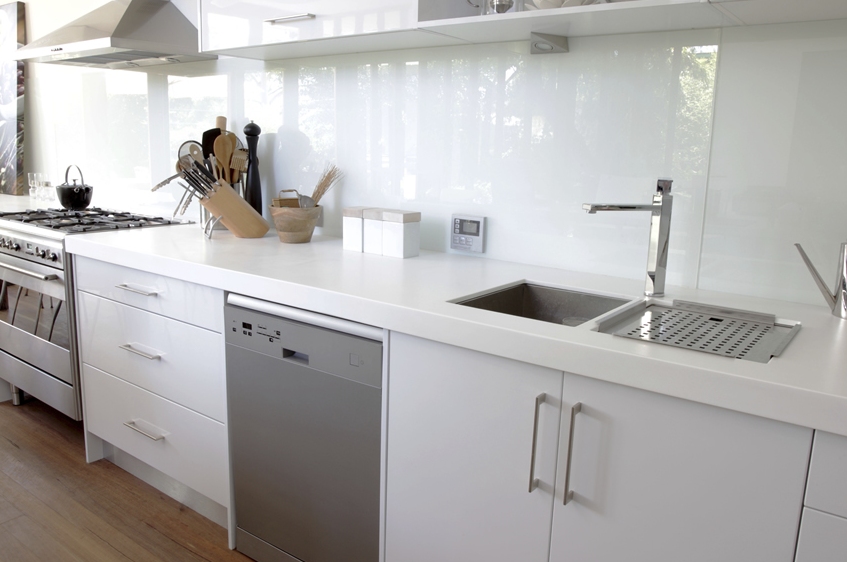
 cks is to prevent the accumulation of excessive grime and dirt accumulation on kitchen surfaces, they are made out of materials that are oil, grease, and water resistant. As such, they are designed to efficiently ensure that none of these substances cause stains on kitchen walls and further enable one to easily wipe off these hard to clean substances from the areas where they typically splash or spill.
cks is to prevent the accumulation of excessive grime and dirt accumulation on kitchen surfaces, they are made out of materials that are oil, grease, and water resistant. As such, they are designed to efficiently ensure that none of these substances cause stains on kitchen walls and further enable one to easily wipe off these hard to clean substances from the areas where they typically splash or spill. dividuals with a reflective background, depending on the type of material the splashback is made out of. For instance, one can choose to have bright colored wallpaper installed behind glass kitchen splashbacks, or opt to have a mirror splashback installed in their kitchen. Mirror splashbacks work to create an illusion of increased kitchen space as well as to provide a reflective background that brightens up the kitchen space.
dividuals with a reflective background, depending on the type of material the splashback is made out of. For instance, one can choose to have bright colored wallpaper installed behind glass kitchen splashbacks, or opt to have a mirror splashback installed in their kitchen. Mirror splashbacks work to create an illusion of increased kitchen space as well as to provide a reflective background that brightens up the kitchen space.
 One of the best tip that will assist you get the best gutter installation service in the area is checking the review of their past customers. Checking the reviews will assist you get the kind of experience that you should expect to get when you hire a certain service. In addition, you will also be in a position to understand if they offer highly satisfactory services that you would expect to get. Be sure to check if they were able to complete the project within the given time, the level of efficiency, and how they relate to their clients.
One of the best tip that will assist you get the best gutter installation service in the area is checking the review of their past customers. Checking the reviews will assist you get the kind of experience that you should expect to get when you hire a certain service. In addition, you will also be in a position to understand if they offer highly satisfactory services that you would expect to get. Be sure to check if they were able to complete the project within the given time, the level of efficiency, and how they relate to their clients. To get the best service you will also need to check that your potential companies have the valid operating licenses. These licenses should be from the relevant authorities in Minnesota. In addition, they must have technicians who are certified and accredited by certified institutions. Gutter installation can also pose some risks in terms of injuries or damages that might occur. So make sure that you only choose a gutter installation service with a liability insurance cover.
To get the best service you will also need to check that your potential companies have the valid operating licenses. These licenses should be from the relevant authorities in Minnesota. In addition, they must have technicians who are certified and accredited by certified institutions. Gutter installation can also pose some risks in terms of injuries or damages that might occur. So make sure that you only choose a gutter installation service with a liability insurance cover.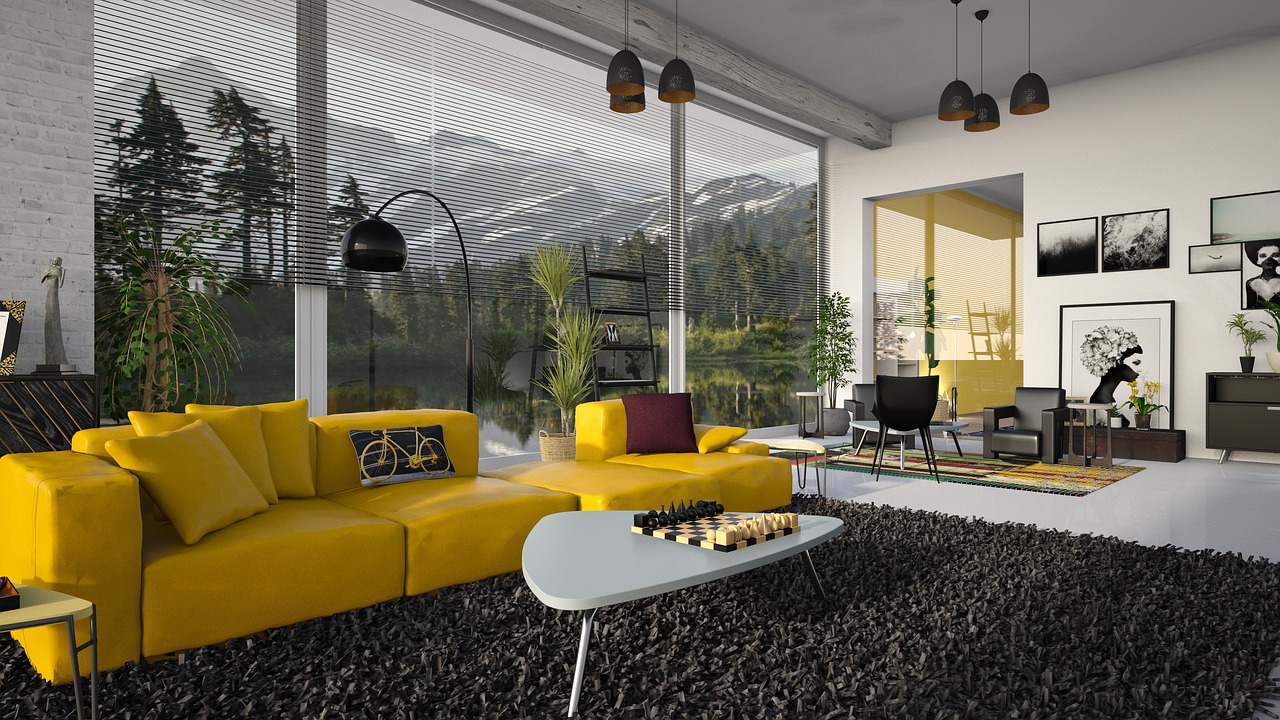
 A good carpet cleaning firm should have been in the business for a couple of years. With many years of experience, agencies understand the various needs of different customers. Go for a firm that has hired trained professionals that will ensure to deliver quality results. A good cleaning agency should have a license that allows them to operate in the area. Look for one that has a physical office that you can go to in case of any complaints.
A good carpet cleaning firm should have been in the business for a couple of years. With many years of experience, agencies understand the various needs of different customers. Go for a firm that has hired trained professionals that will ensure to deliver quality results. A good cleaning agency should have a license that allows them to operate in the area. Look for one that has a physical office that you can go to in case of any complaints. Choosing a company that has taken the time and invested in professional cleaning equipment is crucial. This ensures that the carpets are cleaned properly. With the right tools, one can remove stain spots and eliminate moisture with ease. The right equipment goes hand in hand with the type of chemicals used. With all the harmful chemicals that can be dangerous to the home, toddlers, and pets, it is advisable to be cautious of the chemicals used. Look for a company that uses green-certified products that are eco-friendly.
Choosing a company that has taken the time and invested in professional cleaning equipment is crucial. This ensures that the carpets are cleaned properly. With the right tools, one can remove stain spots and eliminate moisture with ease. The right equipment goes hand in hand with the type of chemicals used. With all the harmful chemicals that can be dangerous to the home, toddlers, and pets, it is advisable to be cautious of the chemicals used. Look for a company that uses green-certified products that are eco-friendly.


 If you have a friend or relative having enough credit, already owns their home, and willing to vouch for your security, then you can get them to act as a co-signer. However, for relationships sake, you must be dedicated to the cause of paying back their debts or else it may create an environment of distrust and misunderstanding. It is important to understand that just because there are co-signer doesn’t mean they are a co-owner of your home; just that they vouched on your behalf and willing to share a part of the responsibility that comes with you not being able to make the payments on time.
If you have a friend or relative having enough credit, already owns their home, and willing to vouch for your security, then you can get them to act as a co-signer. However, for relationships sake, you must be dedicated to the cause of paying back their debts or else it may create an environment of distrust and misunderstanding. It is important to understand that just because there are co-signer doesn’t mean they are a co-owner of your home; just that they vouched on your behalf and willing to share a part of the responsibility that comes with you not being able to make the payments on time. These are two of the easiest ways to obtain home loan bad credit no down payment as the other methods of getting a loan having a bad credit might involve a lot of legal hassles. Making things worse is the fact that you can’t do a down payment and is dependent upon either your past reputation or someone else’s word.
These are two of the easiest ways to obtain home loan bad credit no down payment as the other methods of getting a loan having a bad credit might involve a lot of legal hassles. Making things worse is the fact that you can’t do a down payment and is dependent upon either your past reputation or someone else’s word.